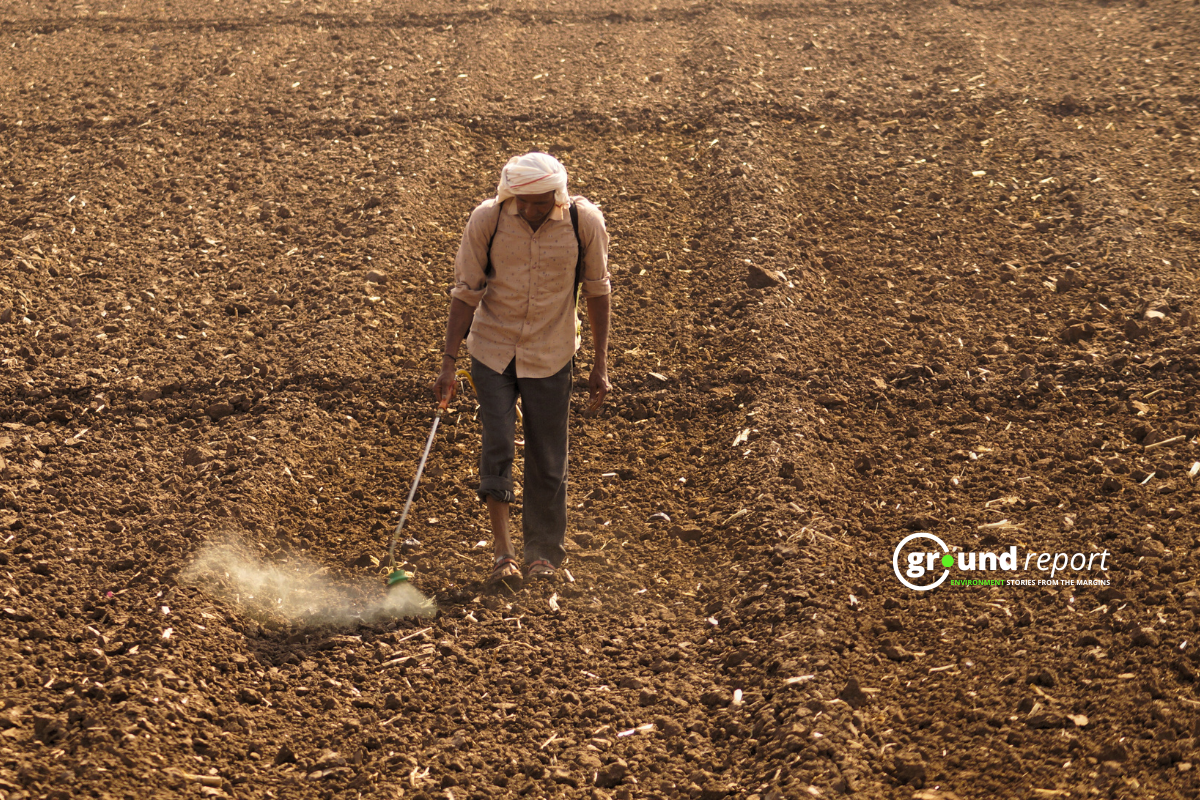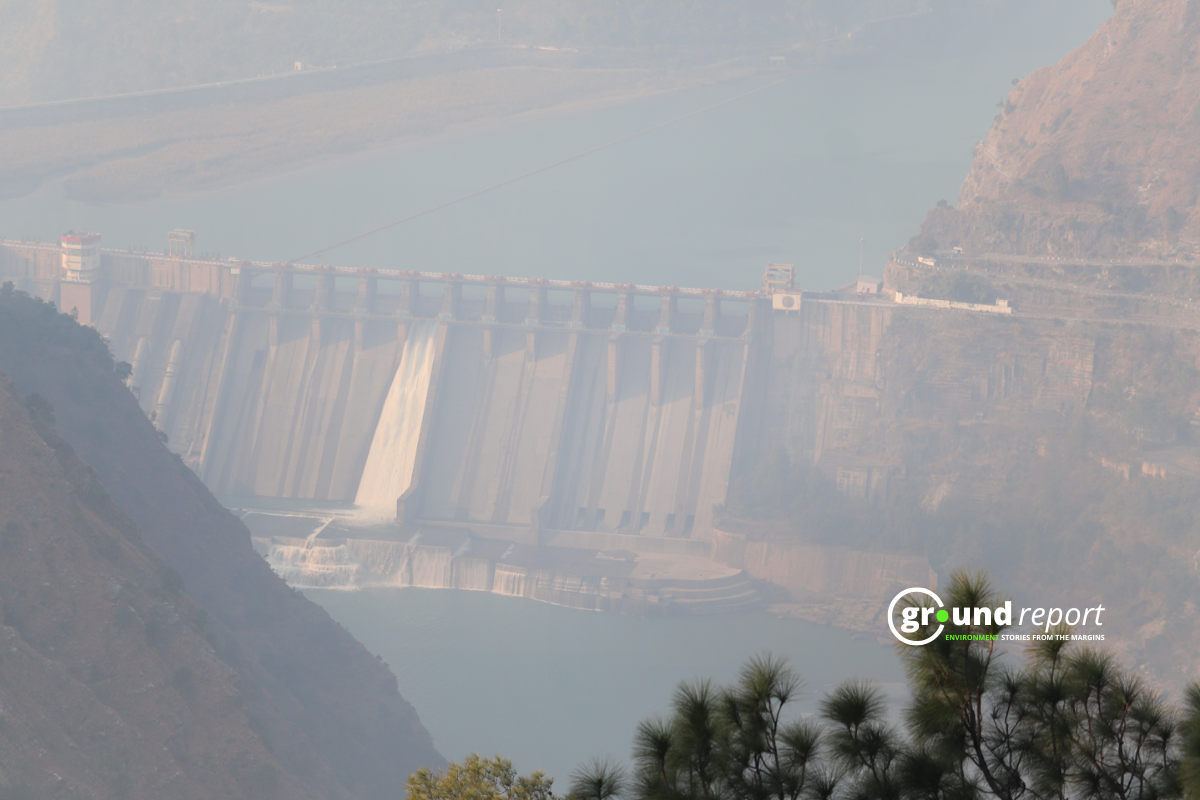Satellite pictures and people’s reports show that Gaza has suffered a lot of harm to its environment and farms. About half of Gaza’s trees are gone, and important natural areas are ruined. People worry that the air they breathe and the water they use are full of pollution and disease. Outside the cities, you can see destroyed orchards and olive groves, and farmland wrecked by bombs and bulldozers, Kaamil Ahmed, Damien Gayle, and Aseel Mousa report for The Guardian.
Reports indicate that farms suffered severe damage, and almost half of Gaza’s trees were destroyed. This brings up important questions about whether Israel’s extensive airstrikes on Gaza could lead to significant violations of international laws protecting the environment during wars. This topic deserves more attention and consideration than it usually receives.

The conflict, which has seen its fair share of human tragedy, now also faces the silent but significant toll of ‘ecocide’—the deliberate destruction of the natural environment. The term, while not officially recognized in international law, is gaining traction as the environmental impacts of war become increasingly apparent.
Israel’s leaders are openly discussing plans for mass Palestinian relocation from Gaza. Internal displacement of 1.9 million Gazans occurs through evacuation orders and home demolitions. There are calls to make this displacement permanent, aiming to make Gaza unlivable. Giora Eiland, former head of Israel’s National Security Council, stated, “Israel needs to create a humanitarian crisis in Gaza, compelling tens of thousands or even hundreds of thousands to seek refuge... Gaza will become a place where no human being can exist.” Widespread environmental damage in Gaza is aiding in creating these dire conditions, facilitating Palestinian displacement.
Gaza farms help food security, but Israel destroys them
Despite Gaza’s dense population, Palestinians find some food security as about 25% of the area is suitable for farming, despite enduring Israel’s blockade for 15 years. Unfortunately, Israel has targeted Palestinian farmlands for a long time. A 2002 B’Tselem report shows Israel has destroyed agricultural areas, claiming they were used for “terror attacks.”
The recent conflict has left Gaza’s natural resources decimated. According to Forensic Architecture, over 2,000 agricultural sites, including farms and greenhouses, have been obliterated since October 2023. The repercussions of such widespread destruction are profound, affecting food security and the health of the local population for generations to come.
In 2008–2009, IDF damaged one-third of Gaza’s farmland. Human Rights Watch reported that during the recent Gaza conflict, Israeli forces systematically bulldozed orchards, fields, and greenhouses, turning them into wastelands. This not only harms Palestinian livelihoods but also erases familiar landscapes, making it harder for displaced Palestinians to return. These actions have long-term consequences for both Palestinians and the environment in Gaza.

Gazans face dire environmental crisis
Soha Abu Diab, a resident of Rafah, poignantly captures the despair of the situation: “This life is not life. There is pollution everywhere – in the air, in the water we bathe in, in the water we drink, in the food we eat, in the area around us.” Her statement reflects the dire reality for many Gazans, who now face an environmental crisis on top of the human tragedy of war.
The legal framework for addressing such environmental destruction is found in the Rome Statute, which criminalizes significant environmental damage as a war crime. However, the challenge lies in proving that the damage is “widespread, long-term, and severe.” The Stop Ecocide Foundation’s Independent Expert Panel has proposed a definition of ecocide that includes “unlawful or wanton acts committed with knowledge that there is a substantial likelihood of severe and either widespread or long-term damage to the environment being caused by those acts.”
As Gaza deals with the aftermath of conflict, the international community confronts a pressing ethical and legal question: Should we consider the environment a victim of war, deserving of protection and justice? The Israel Defense Forces (IDF) claim to adhere to international law and make efforts to minimize environmental damage. However, the evidence of ecological devastation contradicts these claims.
The concept of ecocide is gaining traction as a potential addition to international law, reflecting a growing recognition of the environment’s intrinsic value. The destruction in Gaza may well become a pivotal case in this evolving legal landscape, testing the international community’s willingness to hold accountable those responsible for environmental damage during war.

During the Gaza conflict, a staggering 25,000 tons of bombs rained down on the region in just one month, but the true ecological fallout remains largely unknown. What is clear is that these bombs deposit toxic heavy metals, already present in Gaza, posing direct health risks to people and accumulating in the food chain, contaminating local food supplies.
Human Rights Watch (HRW) has reported Israel’s deployment of white phosphorus in Gaza, a substance banned in densely populated areas due to its severe effects on human tissue—it burns through skin to the bone. This chemical not only inflicts immediate harm but also seeps into the soil for years, ravaging plant life and entire ecosystems. The fires it ignites further devastate agricultural zones and forests, with precedents from similar impacts observed in Southern Lebanon.
Gaza’s environmental disaster after conflict
Around Abu Diab’s rented warehouse, it’s a wasteland. Sewage leaks from nearby bombed homes, piling up waste everywhere near Rafah in Gaza, now hosting much of the population. “The sewage and waste around the house are a major tragedy. Cats and dogs spread it along the streets,” she says.
Ongoing conflict and siege have destroyed Gaza’s infrastructure: waste disposal, sewage treatment, fuel supplies, and water management.
The conflict in Gaza has led to a significant increase in air pollution, impacting not just residents but also the environment at large. Researchers discovered that during the initial 60 days of the war, a staggering 281,000 tonnes of planet-warming gases were emitted. This amount is comparable to burning over 150,000 tonnes of coal. Shockingly, 99 percent of this pollution came from Israel’s airstrikes and ground invasion in Gaza.
Wim Zwijnenburg from PAX says, “War collapses everything. In Gaza, it exposes people to pollution risks, polluted groundwater, and the destruction of essentials.” Gaza’s municipality notes 70,000 tonnes of waste since October. Impromptu landfills are everywhere; Unrwa, which collects refuse, can’t operate. Zwijnenburg says PAX found 60 informal dumps in central and southern Gaza.
Ameer from Rafah says pollution is overwhelming due to makeshift fuel sources and bombing fumes. When Israel cut off fuel, power cuts stopped wastewater treatment, spewing 100,000 cubic meters of sewage daily. Bagheri from Reading University says there are grounds to investigate Gaza’s environmental damage.
In 2014, Gaza’s infrastructure suffered “severe damage,” with 60% of wastewater treatment facilities destroyed. Recent air and artillery strikes worsened this, leading to sewage release and flooding.
Cutting electricity worsened sewage system damage, spreading disease and harming the environment long-term. Seawater pollution (130,000 cubic meters of wastewater daily) also hurts marine life and food security.
Israeli bombings since 2007 systematically targeted Gaza’s infrastructure, making the environment uninhabitable and displacing Palestinians. Restrictions on reconstruction materials worsen this situation, similar to the West Bank. Israeli forces flooding tunnels with seawater risk a catastrophe, destroying drinkable water and agriculture.
Keep Reading
What is Environmental Impact assessment in terms of Indian rules?
Goa’s new airport in Mopa endangers livelihood of hundreds of farmers
EIA Notification Revised 100+ Times in 5 Years: Environment at Risk?
Follow Ground Report for Environmental News From India. Connect with us on Facebook, Twitter, Koo App, Instagram, Whatsapp and YouTube. Write us on GReport2018@gmail.com and subscribe our free newsletter.
Don’t forget to check out our climate glossary, it helps in learning difficult environmental terms in simple language.










